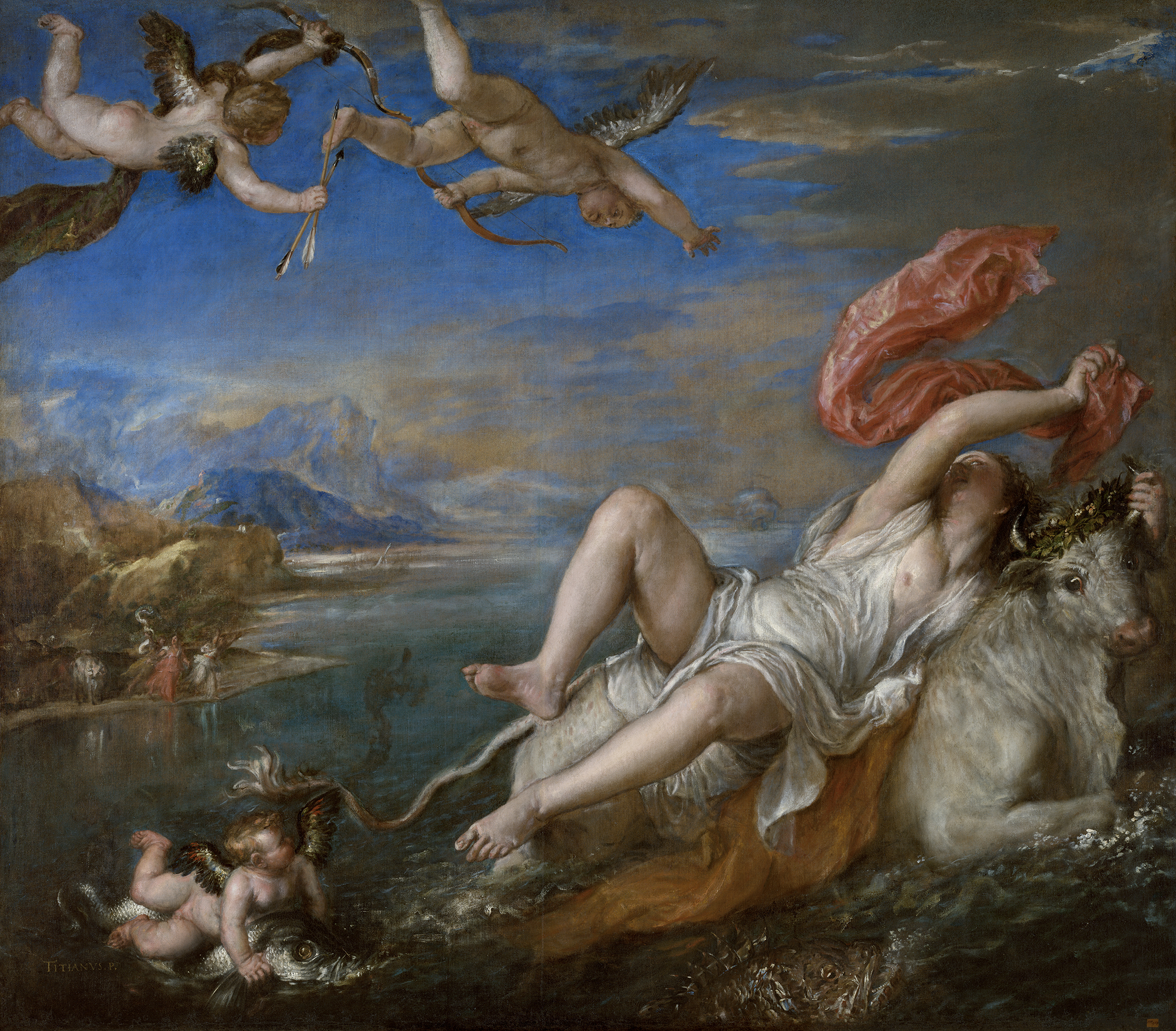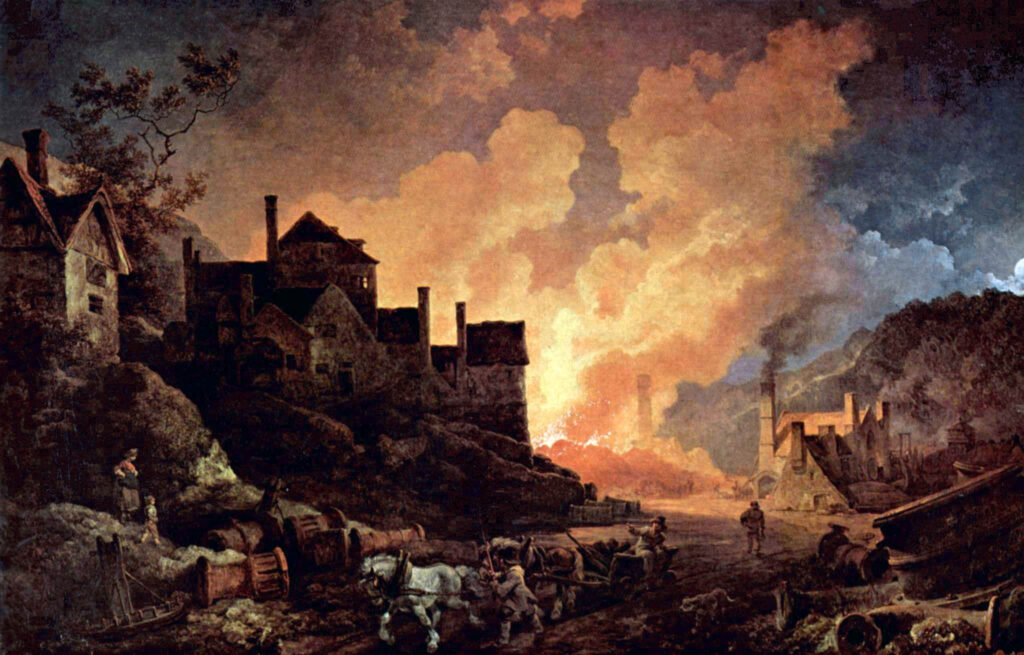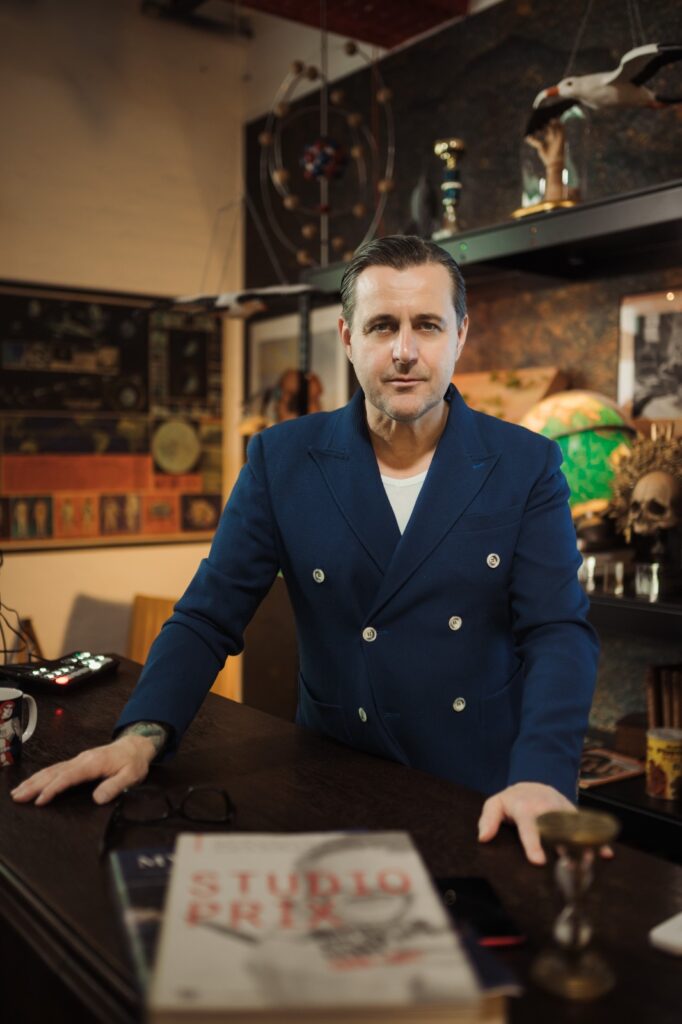
09 Mar Structure of Neuropa
The We must counter the popular narrative of a Europe in crisis with a new narrative. It is time to build “Neuropa” and develop prototypical spaces that can become beacons of a new European spirit.
The Europe before the crisis no longer seems to exist. Instead, we hear and read about a Europe in crisis, sometimes a multiple crisis. Corona may be over, but its traces will not disappear for a long time yet. Then there is the war in Ukraine. It is closer than we would like to admit.
Inflation, supply chains, energy prices.
Fractures, rifts, edges, extremes, fragmentation. Nationalism.
Rearmament is suddenly the order of the day, neutrality is no longer a safe haven.
An unmistakable background noise comes from the climate. Here too: Crisis, some have long been talking about catastrophe.
Symptoms of paralysis. Phantom pain. Closing panic. Reluctance.
The great fear of losing prosperity gives birth to devilish children, especially as it has found loyal allies in ignorant selfishness and unbridled greed.
How strong are our democratic systems?
How thin is the varnish of civilization?
The narrative of a Europe in crisis is popular. The fear of the end of Western hegemony fills talk shows and editorials, generates ratings and arouses anxiety. To a certain extent, we Europeans seem to be happy in the role of the patient; the diseases of civilization are well known. We have become inflexible, expensive, spoiled, fed up and sluggish, even our ability to defend ourselves is suddenly in question. Innovations are happening elsewhere. We carry our wealthy belly around like a status symbol, even if it may hamper our competitiveness.

The narrative of a Europe in crisis is worth questioning. Is it to Europe’s disadvantage if, for example, India’s economy is growing at an above-average rate? Is the ratio correct when we compare the apparently unstoppable rise of a state capitalist dictatorship such as China with the seemingly too sluggish progress in our democratic latitudes? Where do we want to go? And if we know where we want to go, are we prepared to pay the price, even if it means dismantling democracy, violating human rights and destroying nature?
Crisis-proof alloy
Europe’s outstanding position in many respects is not limited to a period of a few years. Europe is not a flash in the pan, but a marathon runner. You don’t have to be a Eurocentric to recognize this: This continent can look back on centuries of success stories. Europe is a crisis-proof alloy of the achievements of great minds such as Aristotle, Leonardo, Michelangelo, Galileo, Shakespeare, Gutenberg, Descartes, Newton, Columbus and Adam Smith. From Hildegard von Bingen, Joan of Arc, Mary Stuart, Florence Nightingale, Mary Shelley, Marie Curie, Bertha von Suttner, Mother Teresa and many others. Europe, that is incredible economic wealth, that is artistic and scientific excellence, that is philosophy, that is the spirit of discovery. Europe is a union of democratic nation states which, despite all adversities, is functioning today and which, united in diversity, is committed to peace and prosperity. Europe means being aware of the catastrophes it has brought about, despite all its successes: colonialism, world wars, genocide. Europe, that must mean precisely that: Resilience through reflection.
A new narrative
We must counter the narrative of a Europe in crisis with a new narrative. Europeans, who are so influential in all the arts, should be aware of the power of what is said and written, composed, played, painted, designed and performed. The much-sung hymn of decline and decay needs a new ode to joy as a counterpart. Just as Romanticism emerged as a reaction to the rational philosophy of the Enlightenment and the austerity of Classicism, new narratives that excite, inspire and motivate are needed as a counterpoint to the “figures and figures” of our time – to paraphrase Novalis. The eurozone must be transformed from a disdainful payment area into an inviting meeting place: Europe is not an ATM, but a Legoland for big ideas. Our everyday life, which is sometimes perceived as leaden, calls for strong feelings and unquenchable longings. Let’s finally be passionate again! We need creatives and idealists to provide the impetus; we all need to get going. The cynics may laugh at this supposed naivety. But even they realize that it’s too late to be a pessimist.

Let’s give ourselves space
Against the backdrop of climate and distributional justice, the debate on land and land use has also gained new momentum. Greenfield projects require outstanding sensitivity and sustainable concepts. The development of brownfields – former industrial sites – is also of outstanding importance throughout Europe. Provided that they are curated in an equally holistic manner, these brownfield sites will become incubators rich in prospects for a European society seemingly lacking in prospects, launch pads with an explicit focus on a different, better tomorrow. They enable upswing through change and change through creativity! Today, well-organized and highly developed creative districts are places to live and work and produce, hubs for research and science, the arts and creative industries, education and training, industry and crafts. The growing densification of our cities contrasts with decentralization through digitalization. If Europe wants to lead the way again, it will enable Bauhaus 4.0, which, through concepts such as interim use and an intelligent interweaving of living and working, are prototypical of hopeful urban living spaces and can thus become beacons of a new European spirit.
Brave new world. Joy, daring and passion, confidence and a desire for the future, without Aldous Huxley’s nightmare vision. Europe needs a Belmondo effect that inspires our belief in the possibility of shaping a better future. In the Union, in all states, cities and municipalities. A prospect of a peaceful protopia that differs from utopia and dystopia through a passionately proactive orientation that guides us to action and allows us to confidently defend the achievements we have fought for over centuries. With the sword if necessary, united as brothers and sisters and always full of confidence. We are far more resilient than all the dictatorships in the world.
What would this world be without Europe? The prophecy of reactionary, national and depressive despotism burns out in the interpretative sovereignty that only positive visions can achieve.



